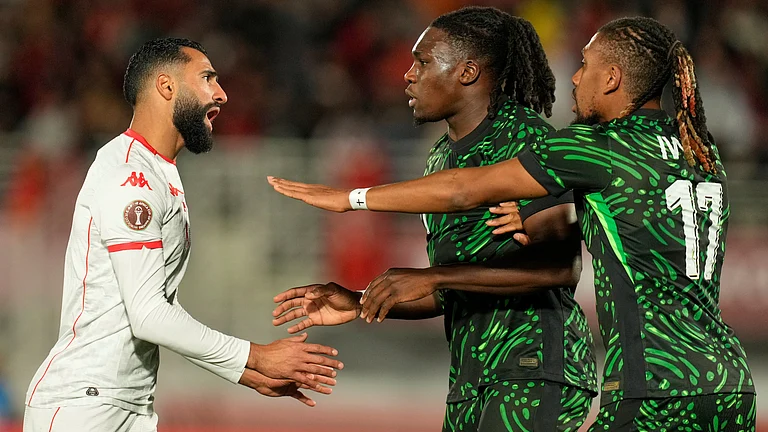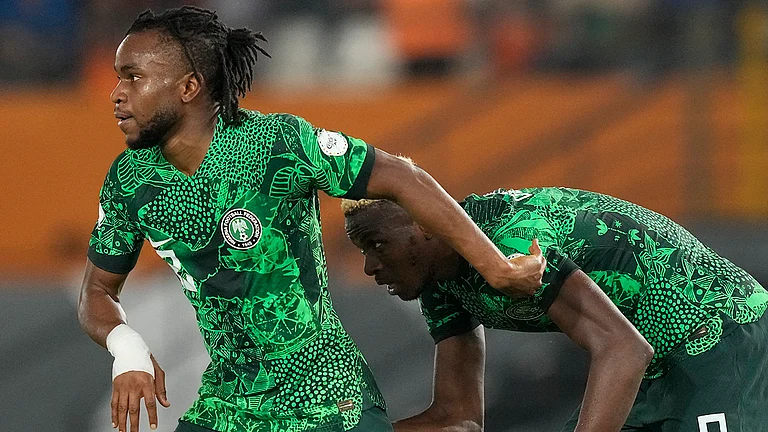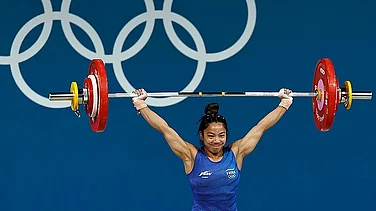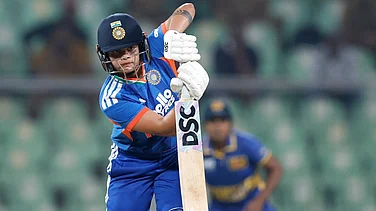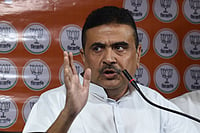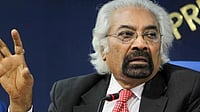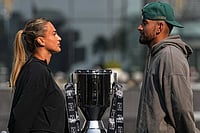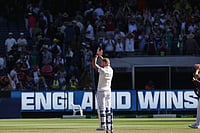India in England was a glimpse of the future, and the future seemed to be one of unremitting gloom—young Indian batsmen, with the ball aimed at their eyes, danced and thrashed and flailed almost in fear, as if they had a gun to their heads. India in Australia is confirming that the future promises more ungainliness, and it’s here. The age of the greats, the “Golden Era” of Sachin Tendulkar, Rahul Dravid and V.V.S. Laxman, is drawing rapidly to a close. Dravid turns 39 this Wednesday, as does Tendulkar, in April; Laxman will be 38 in November. The fourth great, Sourav Ganguly, left three years ago, possibly the least potent of the four. Yet the spot he left is still not taken. That’s a telling comment on how things are, and how things will be when the time comes for the others to bid goodbye. Worse, two other very important players, Virender Sehwag and Zaheer Khan, will turn 34 this October.
India got smashed in Melbourne, and Sydney, at the time of writing, seemed headed the same way. It’d take a miracle to turn things around from here. If the age of miracles isn’t past, who better than Tendulkar and Laxman and Dravid to conjure them up? But miracles don’t usually recur—and certainly not in a demoralised, crushed team.
India has been soundly walloped in 2011. It’s a strange thing to say in a year they won the 50-over World Cup, and are still ranked No. 2 in Tests. But they lost two Tests in England by innings, and two by 196 and 319 runs. The fifth consecutive loss abroad, at Melbourne, was by 122 runs. In 13 of 18 innings in 2011, they crossed 300 only once. India conceded a first-innings lead of 468 at Sydney, their fourth-highest in Tests. Three of those have come in the last 13 months. India has conceded a triple century and three double centuries to rival players in their last six matches abroad. There have been two series wins over West Indies, home and abroad, but we mustn’t be deluded by that.
Indian cricket, clearly, is in decline—and it must do its utmost to arrest it. Former players Outlook talked with are united in their belief that hope lies in youth. Does that mean it’s time to drop a legend or two? “If they don’t win matches, if they continue to lose matches and series, they’ll be out in any case,” former captain Kapil Dev told Outlook. “A drastic decision would have to be taken then. If they perform and win matches for India, they could go on for a couple of years more.” Which seems unlikely.
The worrying part is that only the legends seem capable of scoring tough runs. Tendulkar was the only Indian to score a century in South Africa in 2010 (he made two); Dravid was the only one to do that in England (three) and West Indies (one). Laxman had a relatively quiet year, but still averaged 40. These were the players who made India’s reputation away from home since 2000; India have won only 37 Test matches on foreign soil, but 24 of those wins came after the dawn of 2000. It is these men who made it possible, along with Zaheer Khan, and the stray brilliance of Ajit Agarkar, Irfan Pathan or S. Sreesanth.
Meanwhile, in their short careers, Virat Kohli averages 22, Suresh Raina 29, Yuvraj Singh 25 (in the six Tests he got to play in two years) and Rohit Sharma is yet to make his debut. They are our best players; it is to them we have to turn to. Kiran More, former India wicketkeeper and selector, would ring in change if he were in charge. “Yes, it’s time to make a tough decision. It’s a tough call to take, but it happens in every cricketer’s life. We have to think about dropping a senior player now,” More told Outlook.
More believes the seniors should now play for their places, like Ricky Ponting for Australia, for “you have to plan for the future”. “We made a place for R. Ashwin by dropping Harbhajan Singh, and that’s good for India, for we have a young spinner gaining experience,” More adds. He believes that a young batsman, say Kohli, should be given an extended, pressure-free run of 10 matches. He says that we must come to terms with the fact that we’re dealing with material less special than our recent greats, who seemed at home in international cricket right from their first series. More places some blame on the excess of One-Day Cricket. “There’s too much emphasis on ODIs.... You can’t produce a great bowler by playing 50-over cricket or worse, Twenty20 cricket,” More says. “You get 2-3 wickets there and you’re satisfied. But you don’t learn anything.”
Bowling is precisely what worries former opener and coach Anshuman Gaekwad. “What after Zaheer Khan?” he wonders. “Why aren’t we getting great spinners?” The batsmen, he believes, can take care of themselves. “The young batsmen have the talent—now they’d require heart and head, and correct advice,” he says. “Their potential can be realised only if they have mental strength.”
He says BCCI is killing cricket by “milking it too much” for money. Perhaps BCCI could pick up some advice from Don Argus, who prepared a plan last year for Australia to be No. 1 again. Argus advised “assessing Big Bash League private ownership implications to ensure it does not incentivise BBL expansion in a way that could compromise Australia’s goal to be the No.1-ranked Test nation”.
We must review our T20 plans, Gaekwad says, because T20s won’t produce players who define a cricketing era.









